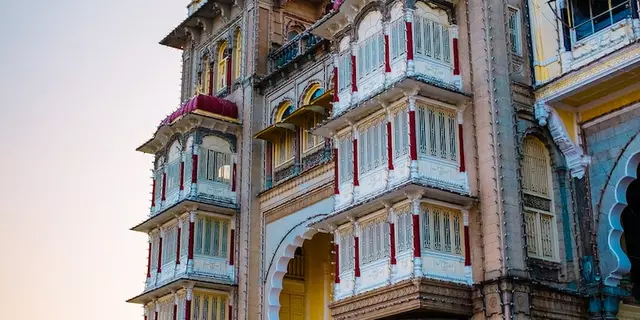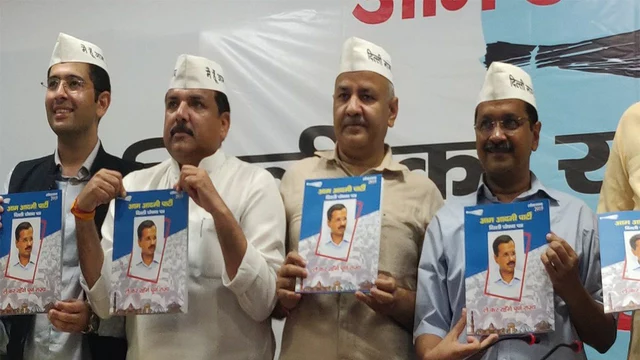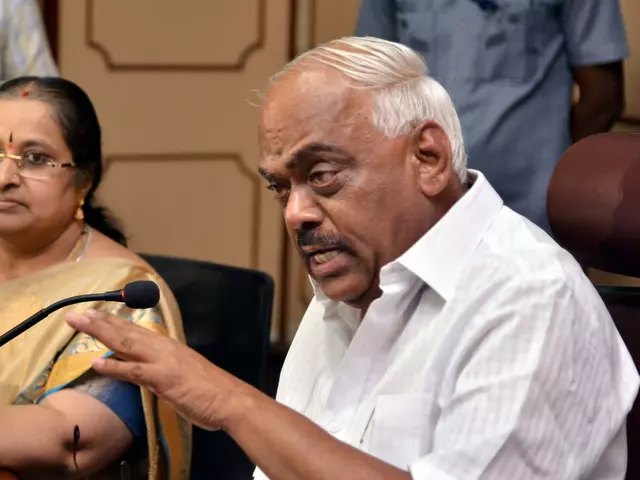 12
Mar,2023
12
Mar,2023
India is home to one of the most expansive prison systems in the world, and it is filled with a unique social structure that shapes the experience of prison life for those inside. Each Indian prison has its own distinct set of rules, regulations, and customs, and the social dynamics that form in these places can be fascinating to explore.
The social structure of an Indian prison is complex, and it is shaped by a variety of factors, including the size of the prison and the population that it holds. Generally speaking, there are three main groups within the prison population: inmates, guards, and other staff. Each group has its own set of rules, regulations, and expectations, and the dynamics that form between these groups play a big role in how the prison functions.
Inmates tend to form their own social hierarchies, with the more experienced or respected members of the group at the top. This hierarchy is often based on things like age, criminal history, and length of sentence, and it can be a powerful force in the prison. The inmates also form close ties with each other, and these relationships can be both helpful and dangerous, depending on the situation.
Guards and other staff members also have their own social structures, though these may be less obvious to an outsider. Guards are typically the most powerful individuals in the prison, and their presence is often felt throughout the facility. They are tasked with keeping order, enforcing the rules, and ultimately keeping the inmates in line.
The social structure of an Indian prison is complex and ever-changing, and it can be a difficult thing to navigate. But understanding the dynamics of life behind bars is essential for anyone looking to gain insight into the prison system.
When considering the human rights of inmates in Indian prisons, one cannot ignore the uncomfortable reality of the rampant human rights violations that occur. In a 2017 report by the National Human Rights Commission of India, it was revealed that Indian prisons are overcrowded, with prisoners often being forced to sleep on the floor, on top of each other. Additionally, inmates are regularly subjected to physical and psychological abuse, and access to basic healthcare and sanitation is severely lacking.
Furthermore, the report revealed that inmates often lack access to basic necessities such as adequate food, shelter, and clothing. Inmates are also denied access to educational and recreational activities, which further exacerbates their already difficult conditions. There have been numerous cases of prisoners being denied access to legal aid and representation, and the Indian justice system has been criticized for its failure to ensure fair trials for inmates.
The situation in Indian prisons is a reflection of the systemic inequalities and injustices that are faced by many across India. While the Indian government has taken some steps towards improving prison conditions, much more needs to be done in order to ensure that prisoners’ human rights are respected and upheld.




